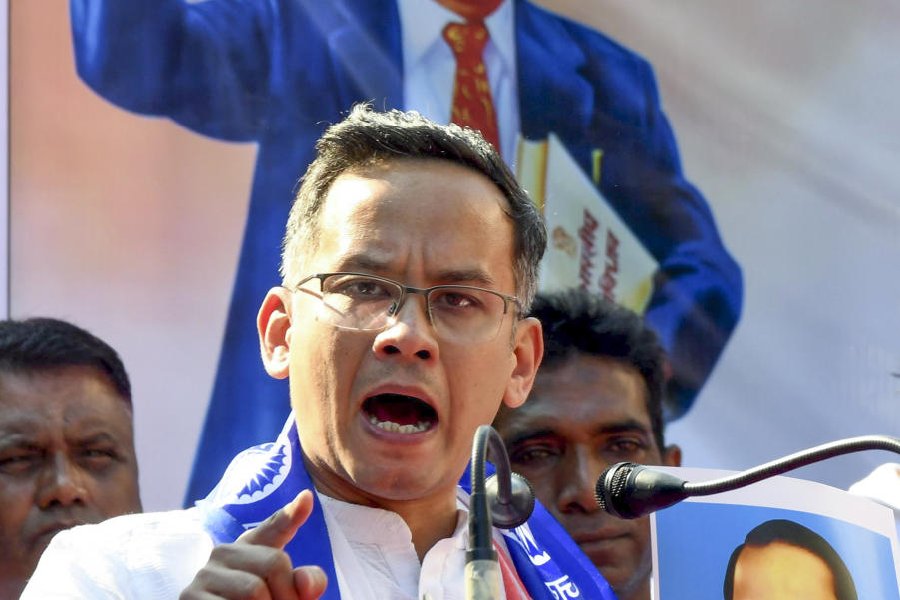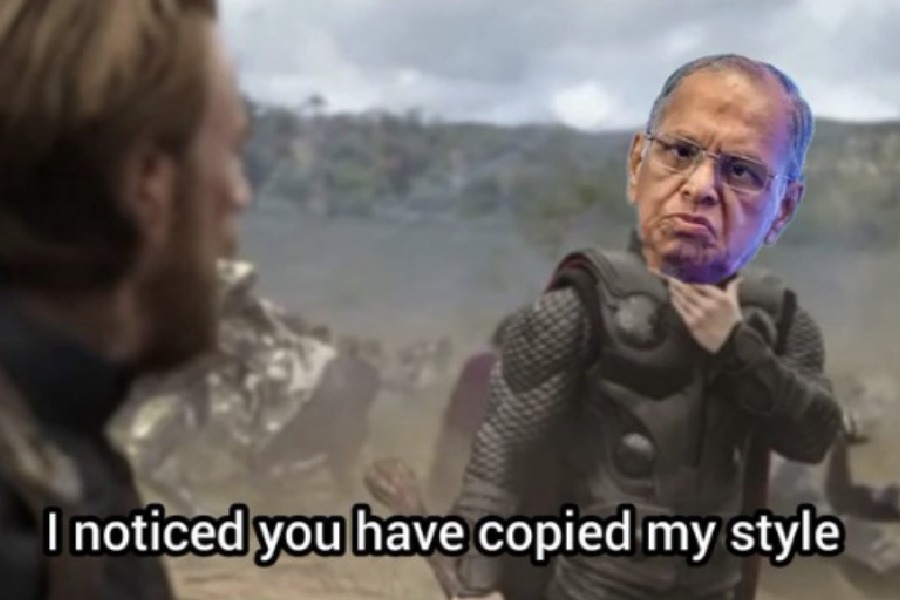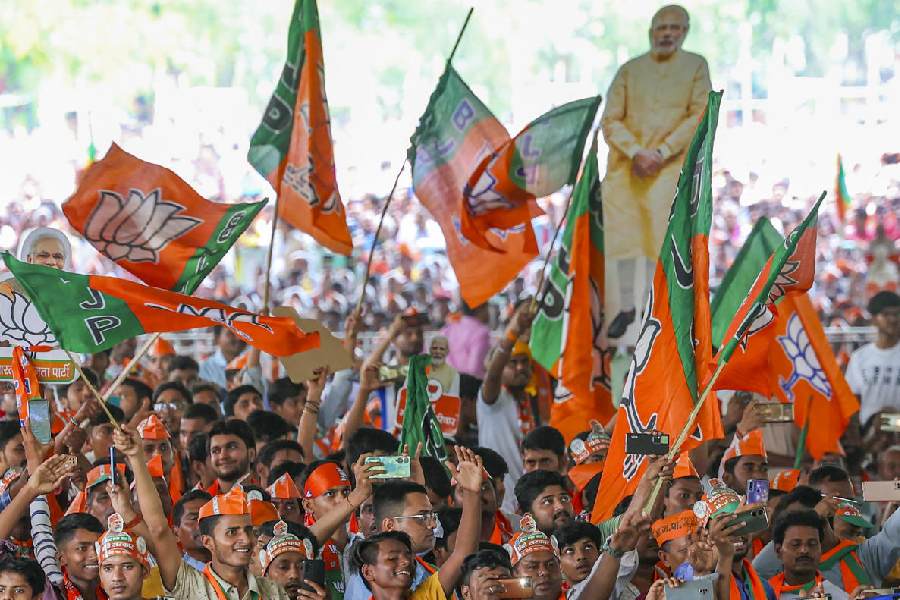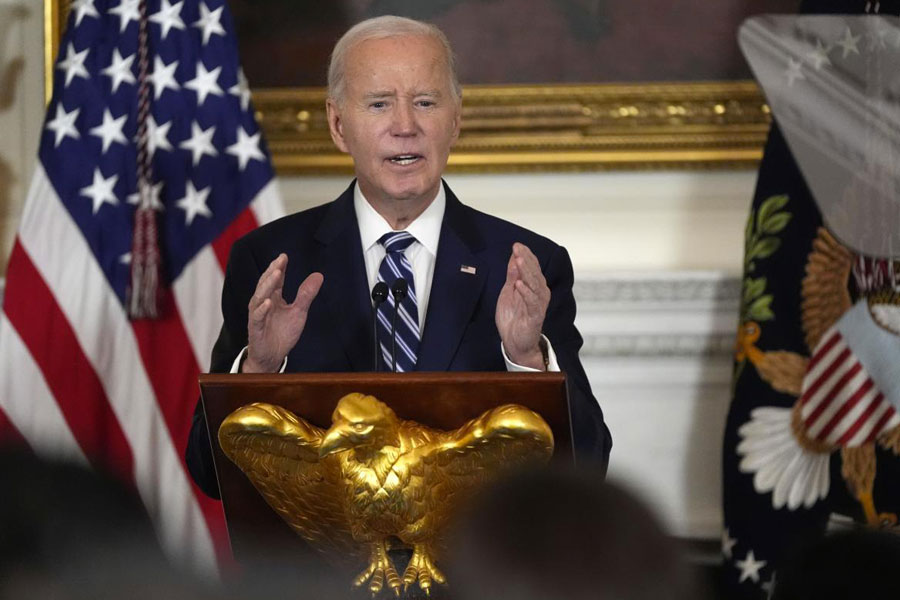Central government hospitals across India are collectively short of over 3,000 doctors, the Union health ministry told Parliament on Tuesday, but did not explain why hospitals in even large cities have unfilled vacancies.
The ministry’s response to a question by Rajya Sabha member Amar Patnaik of the Biju Janata Dal shows that the shortage of doctors in government hospitals is not confined to rural areas but extends into cities across India.
Dr Patnaik, who is a member of the committee on public accounts and has an interest in healthcare issues, had sought details of the vacancies for doctors, nurses and other staff in central government hospitals and asked whether the ministry is considering “targeted recruitment” to fill the positions.
In its answer, the ministry released details of vacancies as on January 2023 and said “recruitment is carried out as per functional need”.
The response does not say why some of India’s most prestigious hospitals, including the All India Institute of Medical Sciences (AIIMS), New Delhi, have vacancies.
The ministry reported 221 vacancies for doctors in AIIMS, New Delhi, 220 in Safdarjung Hospital, 113 in Ram Manohar Lohia Hospital and 81 in Lady Hardinge Medical College — all three large teaching hospitals in the national capital.
It reported 170 vacancies in Jawaharlal Institute of Postgraduate Medical Education and Research, Puducherry, 146 vacancies in the Postgraduate Institute of Medical Education and Research, Chandigarh, and 119 in the North Eastern Indira Gandhi Institute of Health and Medical Sciences, Shillong.
The new AIIMS set up by the health ministry over the past decade in other towns and cities also have doctors’ vacancies — 128 in AIIMS-Patna, 107 in AIIMS-Bhopal, 81 in AIIMS-Jodhpur, 78 in AIIMS-Kalyani, 105 in AIIMS-Rishikesh and 117 in AIIMS-Rajkot, among others.
The ministry also reported over 20,000 vacancies of nurses and other staff in the central government hospitals.
“These are all tertiary care hospitals where patients get referred when certain services are not available in community health centres or primary health centres,” Patnaik told this newspaper.
“The shortage of doctors or specialists in tertiary care centres will force patients to turn to private hospitals.”
The head of a Delhi-based central government hospital contacted by this newspaper declined to explain why it had over 100 doctors’ vacancies.
The health ministry had last month released the latest annual rural health statistics report that had flagged shortfalls in medical specialists — over 80 per cent shortfalls of paediatricians and surgeons and 70 per cent shortfalls of physicians and obstetrician-gynaecologists in the country’s 5,500 community health centres — the first referral centre in the public health system expected to have these specialists.
Sections of doctors tracking the country’s healthcare system attribute the shortfalls in rural health centres as well as central government hospitals to the flow of medical graduates into the private healthcare sector.
“The private sector is likely the first choice for graduate and postgraduate doctors,” Oommen John, a research fellow at The George Institute for Global Health, New Delhi, had told this newspaper last week, explaining the shortfalls of doctors. India’s allopathic doctor-population ratio is still below WHO standards.
The ratio of modern allopathic doctors to the country’s population remains below the World Health Organisation standard of 1:1,000, or 100 doctors per lakh (100,000) population, despite a steady increase in the number of medical college seats since 2014. The health ministry told Parliament that 1.3 million allopathic doctors were registered with the state medical councils and the National Medical Commission in June 2022.
Assuming 80 per cent among them are available and 565,000 are ayush (ayurveda, yoga, unani, siddha, homeopathy) doctors, the doctor-population ratio in India is 1:834 which is better than the WHO standard. However, assuming 80 per cent from the 1.3 million allopathic doctors are available, the ratio of allopathic doctors to the population would be 77 per lakh, instead of the WHO standard of 100 per lakh.












